Never-ending wait times, crowded ERs: Finding a primary care doctor in NY is a nightmare
James Tompkins abandoned his primary care search a year ago, as he faced months-long waits for a doctor visit within massive health systems seemingly designed to frustrate and mistreat New Yorkers.
Since then, the now 54-year-old Poughkeepsie man has passed tense months trying to dodge illness. At times, he turned to urgent cares for his minor medical needs, while leaving critical gaps in his overall health care.
His medical saga was among more than two dozen others that New Yorkers shared in response to USA TODAY Network New York coverage of the negative impacts of health care mergers.
Their health care complaints — spanning from ever-expanding wait times for treatment to maddeningly inefficient patient service hotlines and online portals — underscored the public health crisis unfolding across New York, where 40 out of 62 counties rank as primary care shortage areas, federal data show.
Have you had trouble finding a primary care doctor in New York? Fill out our online form here.
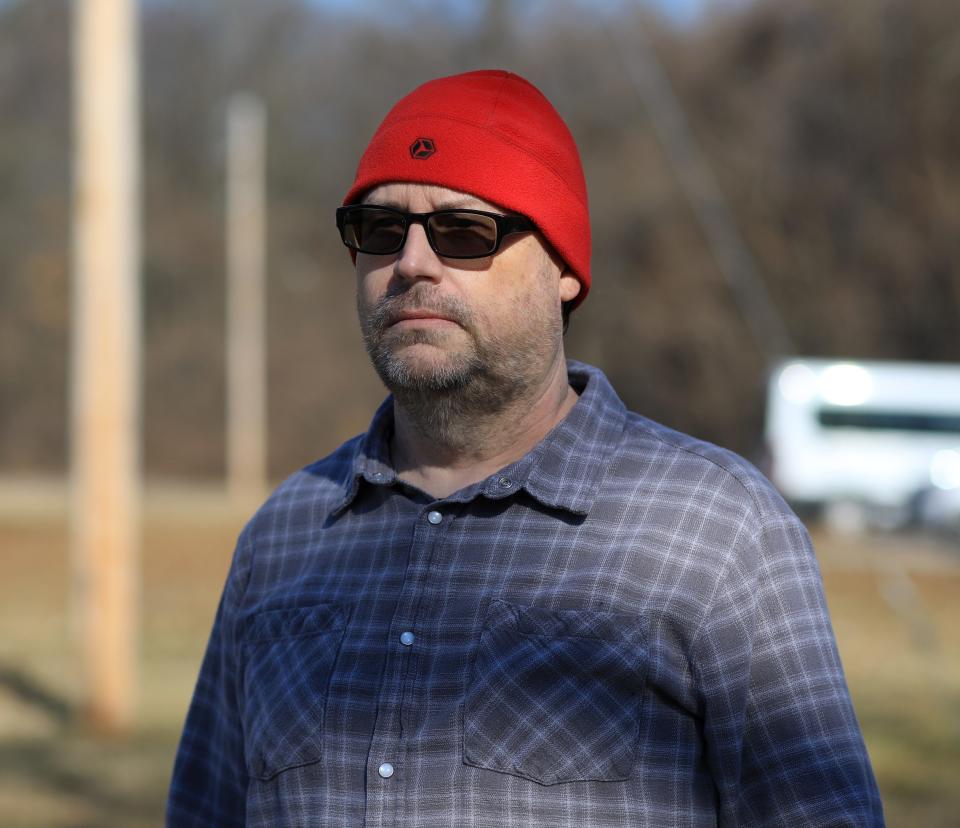
Another 13 counties, including Monroe and Westchester, have some communities that fall within the primary care shortage criteria, which covers family, pediatric and internal medicine that involves many health services, according to Rural Health Information Hub.
The stakes were clearest for Tompkins when he needed to refill blood pressure and cholesterol prescriptions at one point. He found an urgent care doctor to write the scripts in November, and discovered at the visit that he was diabetic.
Put differently, poor primary care access delayed treatment of his life-altering condition. Now, Tompkins has renewed his search for a doctor unburdened by the crushing patient loads and medical bureaucracy plaguing health networks that are rapidly ballooning in size.
“The smaller practices are the way to go, but there just aren’t that many of them around anymore,” Tompkins said.
NY health care mergers: Who owns what? Are mergers hurting patients? Here's what to know
What's behind New York’s primary care crisis?
Growing barriers to finding primary care doctors, in many ways, stemmed from a medical system that undervalues and underpays those connected to the profession, which historically served as the foundation of quality health care in America.
Gone are the days of doctors hanging out a shingle in a community where they forge lifelong connections with patients.
Today, a growing number of primary care doctors must become hospitalists caring for inpatients to make a living. It is a trend ignited by profit-driven health systems that favor lucrative specialty care and surgeries over community-based preventive medicine, according to University at Albany’s Center for Health Workforce Studies experts and data.
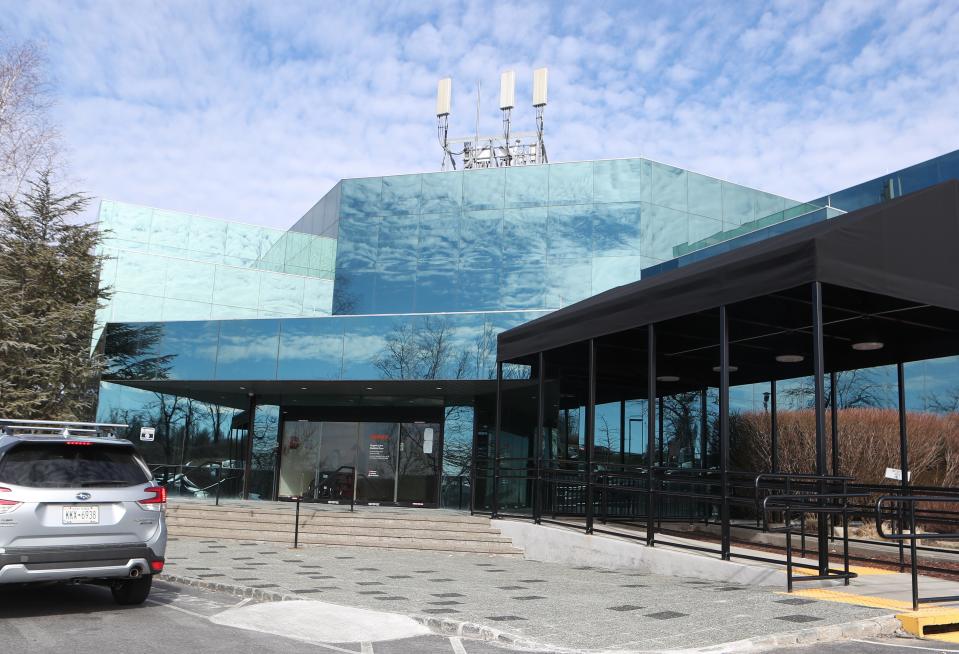
Mounting physician burnout, medical school debt and pandemic fatigue further fueled the primary care shortages, while New York and the nation faced dire shortfalls in the ranks of nurses and other medical professionals needed to meet patient demand.
“Despite all these mergers, we’re still seeing shortages,” said Robert Martiniano, senior program manager at the workforce center.
Long waits, crowded ERs: What New Yorkers say about primary care gaps
Complaints about New York's health systems flooded in after the USA Today Network New York asked for reader submissions as part of our reporting on health care mergers.
Concierge medicine: Why are doctors leaving Rochester Regional Health's Linden Medical Group? What we know
Among the more than two dozen complaints:
Doctors leaving health systems to join concierge medicine practices, which generally charge monthly membership fees from $100 to $200 and worsen health access inequality.
New patients facing wait times of between six to 12 months for a doctor’s visit, which far exceeded the national averages of 21 to 26 days in recent years based on surveys by physician recruiting firm Merritt Hawkins.
Overcrowded emergency rooms and urgent cares that serve as de facto primary and preventive care providers for poor and low-income New Yorkers, many of whom are covered by Medicaid and face the biggest access hurdles.
New Yorkers’ complaints involved providers affiliated with health systems from the Hudson Valley — such as Nuvance (formerly Health Quest), Summit (formerly WestMed) and Optum (formerly CareMount Medical) and Westchester Medical Center Network (or WMC Health) — to Rochester Regional Health and UR Medicine in the Finger Lakes.
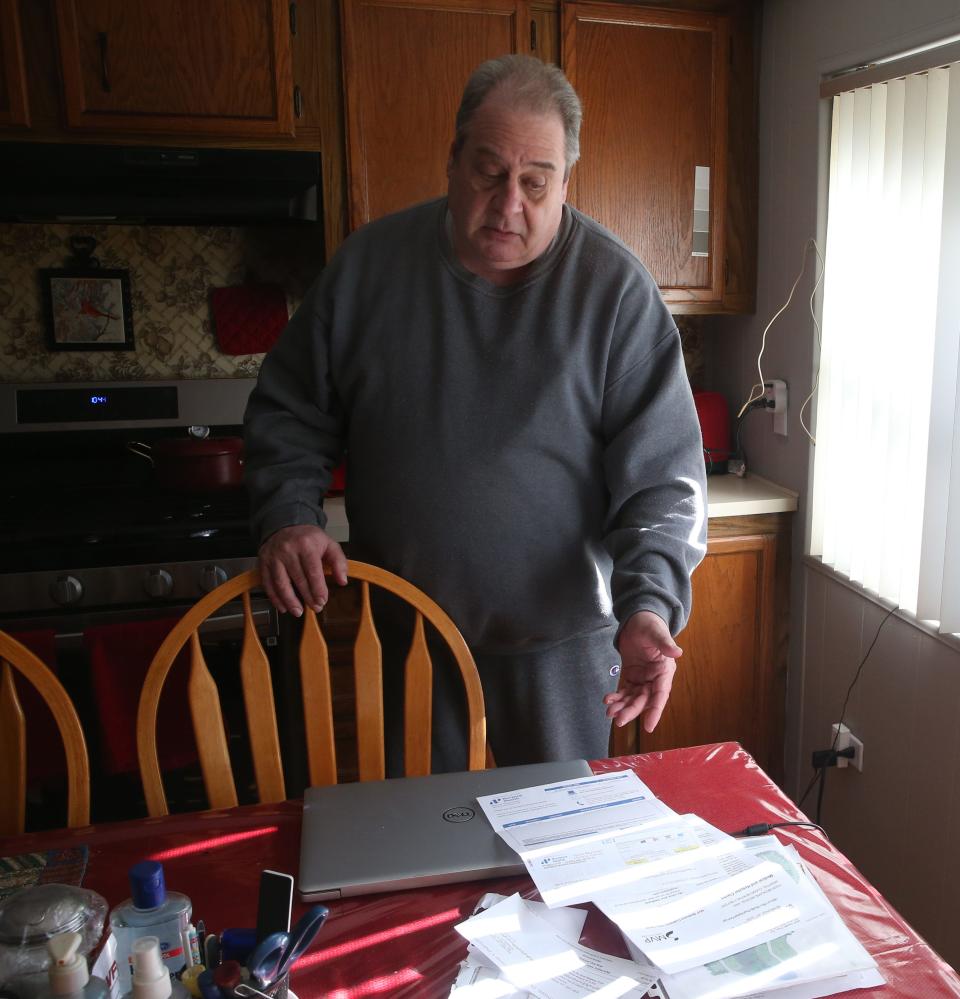
One of them is Anthony Silverance, a 64-year-old retired electrician, who’s had to pass between four different primary care doctors over the past six years due shortages near his Newburgh home.
Amid those doctors’ retirements and career changes, Silverance has faced months-long waits to book visits for everything from pain management to a colonoscopy. His frustration has been deepened by the fact New York is among the states with the highest health care costs and spending.
“Billions of dollars are going out the door, and it’s just getting worse,” he said.
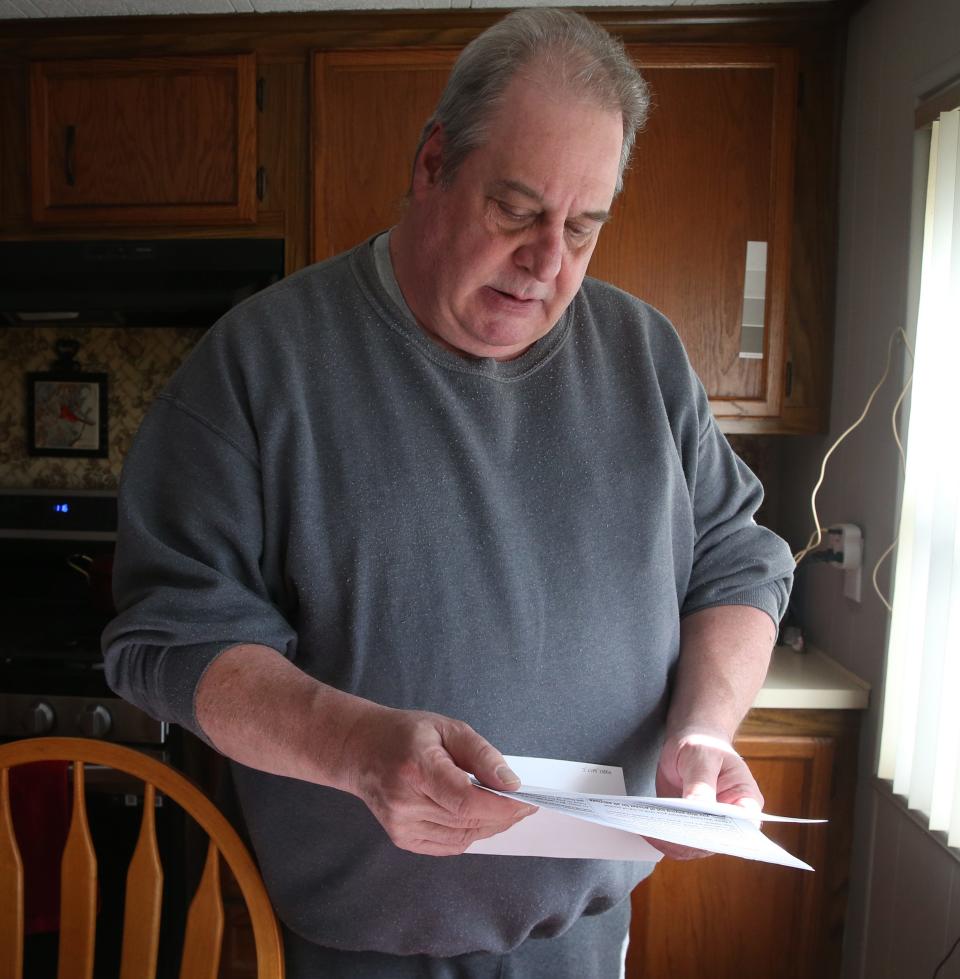
What is New York doing about primary care shortages?
Gov. Kathy Hochul and some state lawmakers have been pushing to make permanent some pandemic-era changes in licensing standards for some medical providers to address workforce shortages.
One key measure in 2022 allowed experienced nurse practitioners to practice independently without doctor supervision. It came as they continued to be among the fastest-growing fields in medicine, with about 4,200 new nurse practitioners added in New York last year, up 61% from 2019, workforce center data show.
Hospital quality: NY hospital safety ranking among worst nationally. Check your local hospital's grade
Now, physician assistants aim to lift their doctor supervision requirements through legislation being debated in Albany.
Some doctors and physician trade groups are fighting the effort, asserting in part some surveys show most patients want physician-supervised care.
What PAs say about lifting doctor supervision
That doctor pushback, however, ignored the widespread health care access barriers in New York, said Ed Mathes, president of New York State Society of Physician Assistants who has worked as a physician assistant in the Rochester area for the past four decades.
Many parts of upstate, Mathes noted, have struggled more than downstate in addressing health workers shortages during the post-pandemic transition.
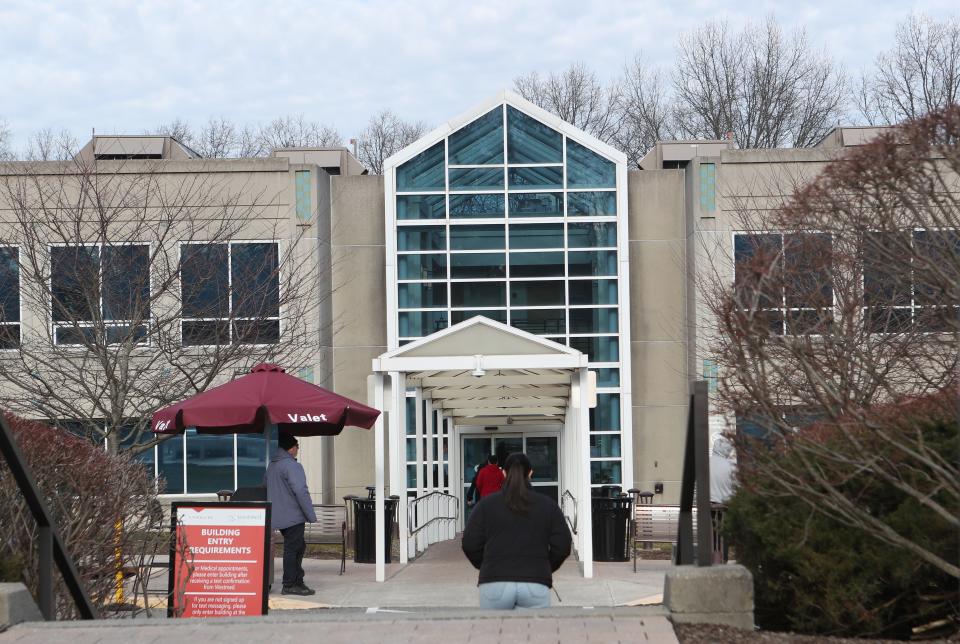
“The further away you get from the city center, the more difficult it is to find the health care you need,” he said.
Many health providers in the Finger Lakes region, he added, have maxed out on the number of physician assistants due to doctor supervisory rules that fuel health disparities in cities, suburbs and remote farm towns alike.
Physician assistants “can get into those areas and serve these marginalized communities,” Mathes said.
Under current conditions, New Yorkers wait on average four and half weeks for a needed medical appointment, longer than the national average of just under four weeks, according to a Harris Poll survey done for the American Academy of Physician Associates.
The report noted 67% of patients who had seen a physician assistant would trust them to be their primary health provider.
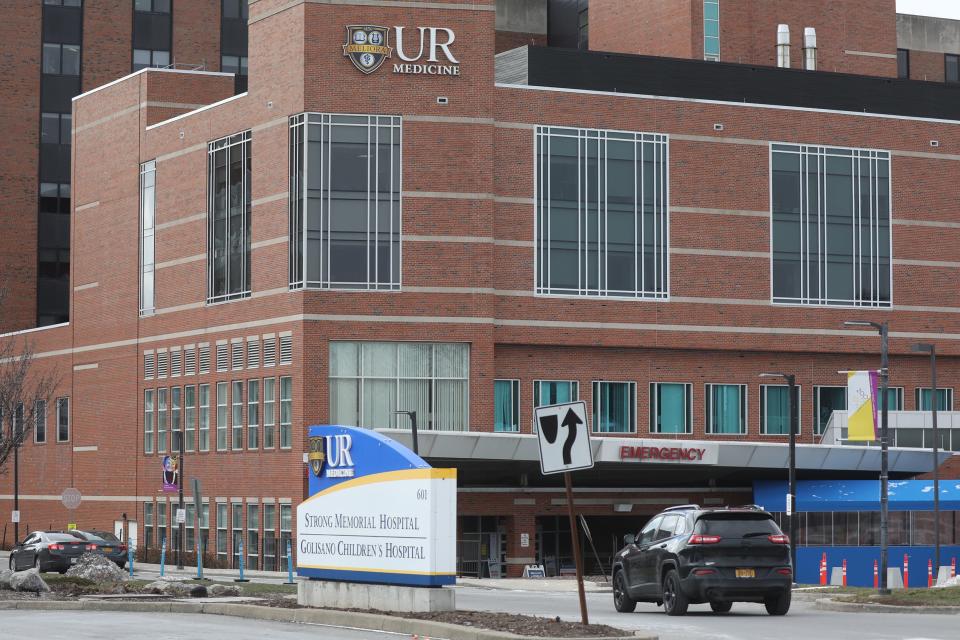
State health officials also noted a recently approved $7.5 billion Medicaid waiver plan includes measures aimed at addressing primary care shortages, such as offering bonuses and training linked to the field.
Still, the workforce center experts noted a 2021 state law allowed officials to collect broad data on the number of all licensed medical professionals except for physicians. That gap makes it difficult to track the number of doctors working in the traditional primary care role, and advocates are pushing now to address the loophole.
How to find primary care in New York
One starting point is the state Health Department’s health profiles website, profiles.health.ny.gov. It includes a searchable list of nearly 800 clinics providing various primary care services. Use the filter tools to separate hospitals into “clinics,” then search by county.
There is also the state physician search website — nydoctorprofile.com — that allows for searches by specialty and county by clicking on the advanced search tool. From there, you can look at a provider’s practice details, including medical school history, insurance coverage networks and, if relevant, medical malpractice cases.
For further help, try the toll-free helpline for the physician search tool – 1-888-338-6999.
What's your story?
Have you struggled to find a primary care physician in New York? We want to hear from you about what it's like searching for a doctor in your region and what barriers you've encountered, such as insurance limitations.
Please fill out the online form below or scan the QR code if you're reading this story in print, and a reporter may reach out to you for more information as part of our continued coverage.
This article originally appeared on Rockland/Westchester Journal News: Long waits, crowded ERs: Why finding primary care in NY is a nightmare

